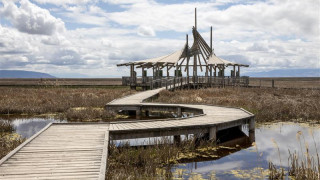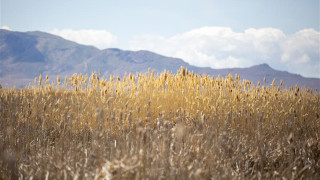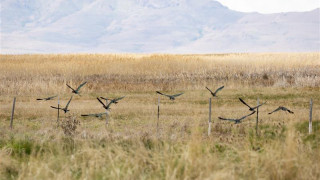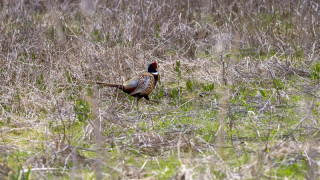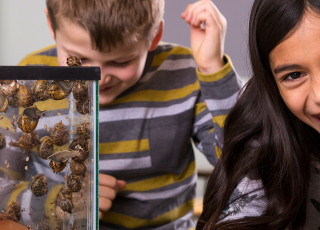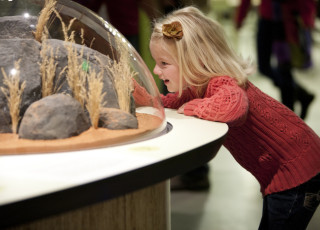Strong Families Play Outside: How To Help Kids Love Nature
By Olivia Barney
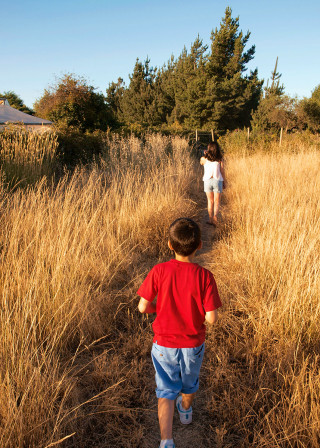
Spending time outside each week is a lot like adding money to a savings account. Even small investments add up over time, creating a safety net to use on rainy days. As we hike in the foothills of Salt Lake County or explore parks hidden within the city, we’re doing more than simply moving our bodies: we’re investing in our own present and future well-being. Consistently spending time outside helps us regulate stress, allowing us the time and space to process our big emotions. It forces us to get off the couch, breathe in fresh air, and look up from our screens to admire the people, places, and plant-life around us.
Unsurprisingly, our time in nature can also influence our family dynamics and attitudes toward topics of conservation or environmental responsibility — especially for young kids. A study conducted in Finland compared various types of pre-school programs and recorded the students’ (aged six) feelings toward nature. As young minds tend to be curious explorers, the overall age group felt enthusiastic about and connected to nature. However, those whose pre-school program incorporated more than 8 hours a week of instruction outdoors showed a higher feeling of responsibility toward the environment. The more time young kids spend outside, the more they care about taking care of the Earth.
While the benefits of spending time outdoors are abundant, sometimes getting outside is easier said than done. In a world of endless entertainment and easy attention grabbers, it can be hard to pull ourselves (and our kids) away from it all. The idea might also be a bit daunting, especially for families who require accessible features like wheelchair and stroller access. Fortunately, if you know where to look, Utah’s natural playground can be enjoyed by the whole family, regardless of age or ability.
Download our free Wild Child: Outdoor Activity Guide here, then keep reading for our top tips.
How to Help Kids Love Nature
Parents, Get Ready to Play:
Children look up to the adults in their lives. As they grow up, they’ll learn habits, attitudes, and behaviors from the adults they spend the most time with. And while a child might listen to what their parents have to say, they’re more likely to follow what their parents do. Lead by example. Show your curiosity about nature. As you celebrate your outdoor experiences, you’re setting up a pathway for them to follow.
The USDA Forest Service created the National Kids Survey to analyze how (and how often) children across the United States are engaging with nature. The first round of the study surveyed 1,450 random households — spanning a wide variety of socioeconomic statuses and other demographic backgrounds. Among the Forest Service’s findings was a strong correlation between children and parents spending time outside. When a parent is consistently spending time out in nature, their children are significantly more likely to do the same.

Make Believe Magic: Playing Pretend
A great way to make outdoor activities more exciting is to change your perspective. What animals live in the environment you’re exploring? What does the land look like to them? Use binoculars to view things with an enhanced sense of sight. Get low to the ground to observe things like a snake. Climb a tree to see the world from a squirrel’s point of view. By changing our perspective and pretending to be different animals, we can make new observations, ask different questions, and get curious about more things. It’s fun. It’s easy. It's adaptable to any environment.
Explore Your Community
Utah is a treasure trove of landmarks and institutions dedicated to the exploration of our natural world. You can use zoo, aquarium, and museum experiences to ignite curiosity before embarking on an adventure outdoors, but there are also other ways to supplement the knowledge it might bring. Read up on your area’s geography and history. What stories does the land have to tell? Consider getting a guidebook like “Wild Wasatch,” which features mini science lessons, a species identification guide, and a host of suggested field trips for families, all of which are free and found across the Utah Wasatch area.
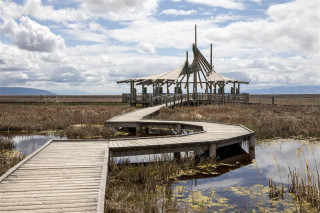
Jack Rodgers
The Great Salt Lake Shorelands Preserve is one of the many free, family field trips described in “Wild Wasatch.” The nature preserve consists of 4,400 acres of wetlands in the North Salt Lake City and Layton area.
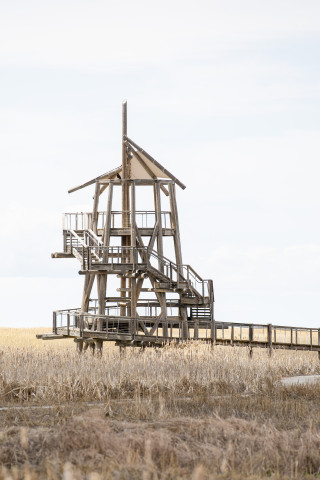
Jack Rodgers
The unique site has bathroom and drinking facilities, as well as a wide, wooden boardwalk with ramps — making it easily accessible for strollers and wheelchairs.
The boardwalk is one flat loop, guiding you through different parts of the preserve and giving you a front-row seat to the many birds, frogs, snakes, and insects that inhabit the area. Plates with fun facts are periodically set into the pathway, adding an additional educational layer to the experience.
While the boardwalk itself provides a lovely view, you can elevate your experience further at one of a few towering viewpoints. These lookout spots give you a larger-scale view of the preserve — offering a new appreciation for the majesty of the place. From the mammoth blue herons to small, Western chorus frogs, you and your kids will discover new animals and experience exciting new perspectives.

Wild Wasatch Front by Lisa Thompson and the Natural History Museum of Utah is available for purchase February 13, 2024. Timber Press
The Great Salt Lake Shorelands Preserve is a delightful way to spend your day, but it’s just one of many suggested outdoor excursions listed in “Wild Wasatch.” Get a copy to keep exploring the nature in and around Utah! “Wild Wasatch” is also available for purchase at the Museum Store. Museum Members can save 10% by showing their Member ID. (Not yet a member? No problem, you can join the NHMU family here.)
Invest in your physical and mental health by spending time outdoors and helping your kids to do the same! Consistently spending time in nature helps children (and adults) regulate emotions, manage stress, stay physically healthy, and develop a sense of responsibility toward taking care of our planet. It’s the easiest way to combine family fun, healthy habits, and environmental responsibility!
1 of 5

